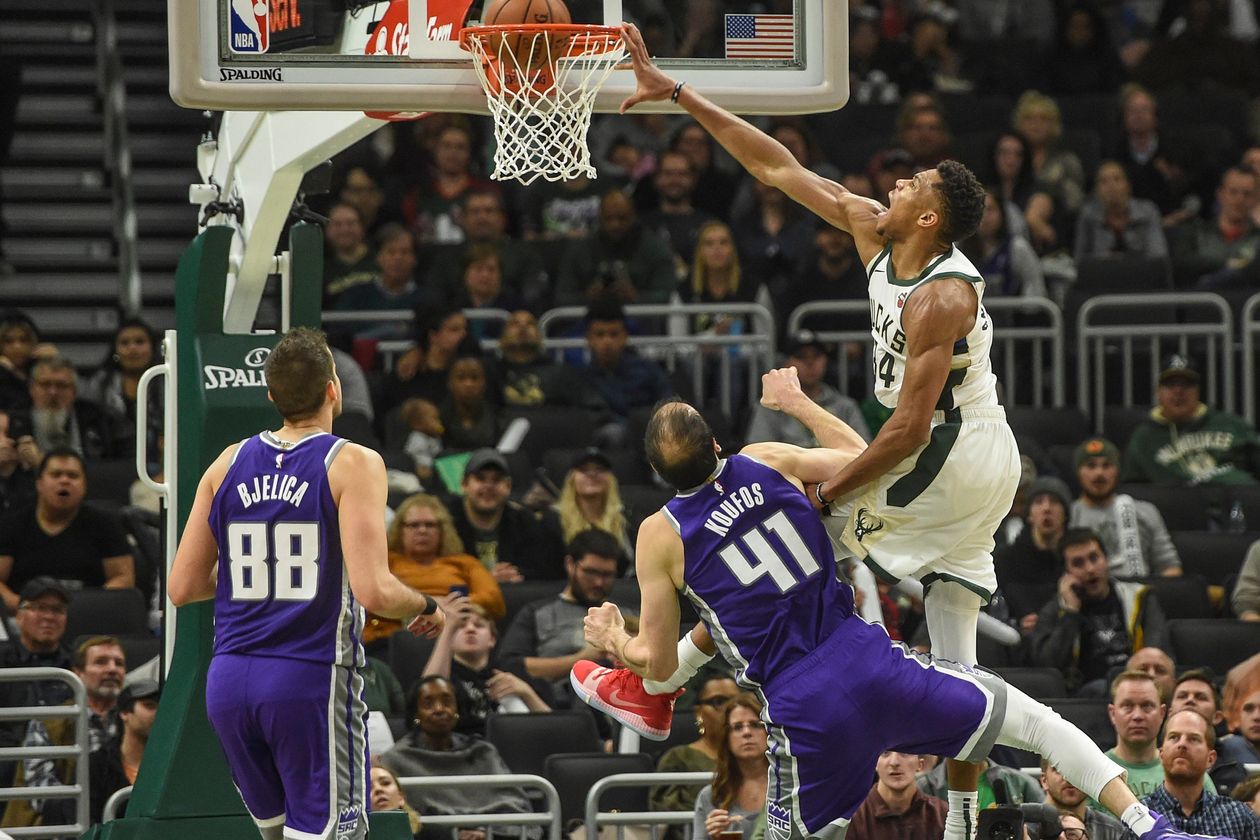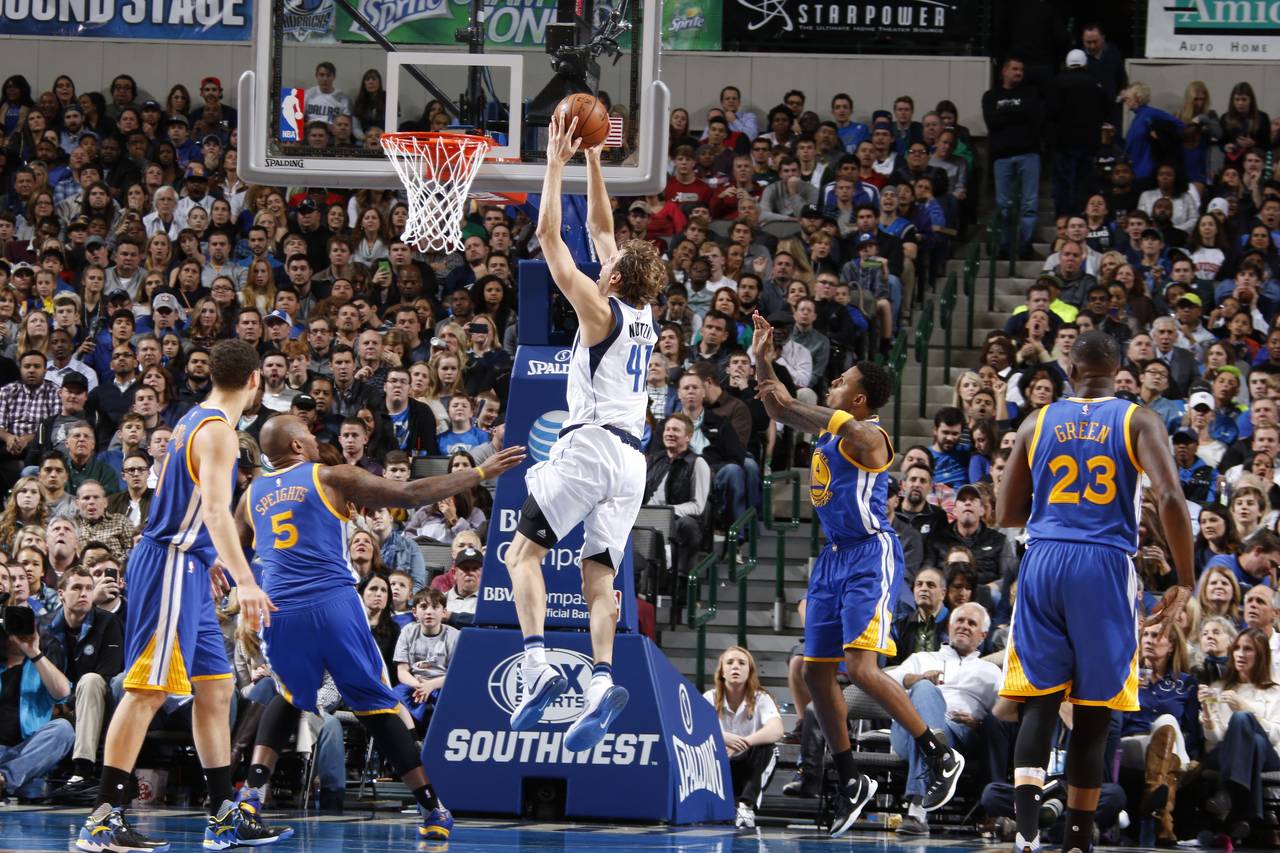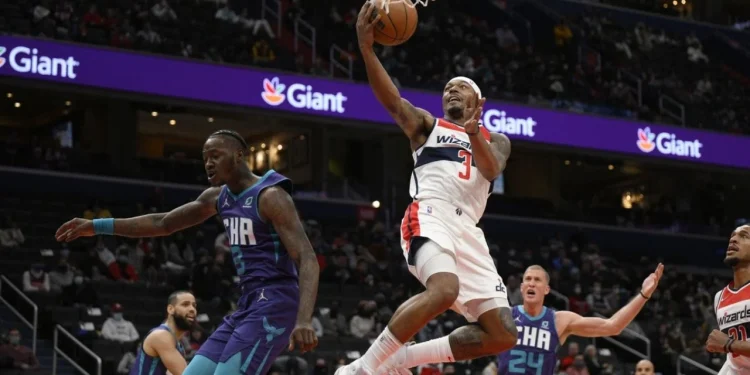The National Basketball Association (NBA) has evolved into a colossal economic force within the sports industry, boasting an annual revenue that exceeds $10 billion. This impressive figure places it among the giants of American sports, trailing only slightly behind the NFL. The journey of the NBA’s revenue growth is a narrative of strategic expansions and lucrative deals that have shaped its current financial landscape.

A Closer Look at the Sources of NBA Revenue
Historically, the NBA depended heavily on ticket sales and merchandise. Stadiums packed with tens of millions of fans and massive merchandise sales were the norm. However, the landscape of NBA revenue has undergone significant transformations over the years. Today, the league’s financial health is bolstered by more than just fan attendance and jersey sales.
Groundbreaking TV Rights Deals
A pivotal element in the NBA’s revenue strategy is its broadcasting deals. Recently, the league entered into new agreements with media giants like ESPN, NBCUniversal, and Amazon. These deals are set to redefine the broadcasting landscape of basketball. Starting in the 2025-’26 season, these partners will shell out unprecedented amounts for the rights to air regular-season and playoff games.
ESPN/ABC, for instance, will continue to host the NBA Finals and WNBA games among other prime-time basketball showcases, committing about $2.8 billion annually—a significant leap from previous contracts.
Amazon has also upped the ante, increasing its commitment from streaming 16 WNBA games to 25, and expanding into the NBA In-Season Tournament and Play-In games, with an annual contribution of $2 billion. These new contracts collectively are worth an astounding $76 billion over 11 years, marking a monumental increase over previous agreements.

The Impact of Streaming and Digital Platforms
The introduction of streaming rights and the expansion into digital platforms have opened new revenue streams for the NBA. These platforms cater to a global audience, breaking the geographical barriers that traditional broadcasting might face. This shift not only maximizes reach but also diversifies the league’s revenue sources, making it less dependent on the uncertainties of live game attendances.
Sponsorships: A Vital Revenue Stream
In addition to media deals, sponsorships continue to play a crucial role in the NBA’s revenue strategy. The 2023-’24 season saw sponsorship revenues hit a record $1.5 billion. This surge was partly driven by new ventures like sponsored jersey patches. The major contributors to this sponsorship pool include sectors like technology, finance, healthcare, and even alcohol brands, reflecting the NBA’s broad appeal across different consumer segments.

Financial Dynamics Across NBA Teams
The financial prosperity of the NBA is not limited to league-level agreements and sponsorships; it trickles down to the individual teams as well. For instance, the Golden State Warriors topped the revenue charts with $765 million during the 2022-’23 season, as reported by Forbes. Other teams like the Los Angeles Lakers and New York Knicks also boasted substantial revenues, underscoring the lucrative nature of basketball even at the team level.

Conclusion: The NBA’s Winning Strategy
The NBA’s strategic approach to revenue generation—encompassing expansive broadcasting contracts, innovative streaming agreements, and diverse sponsorship deals—demonstrates its adaptability and foresight in a rapidly changing sports entertainment landscape. As the league continues to expand its horizons and embrace new technological advancements, its financial future looks as promising as ever, ensuring that the game of basketball remains not just a sport but a thriving economic powerhouse.
This forward-thinking approach ensures that the NBA remains a leader not just on the court, but in the financial reports as well, making every dribble and dunk a part of a larger, billion-dollar game.

Source- Sportsnaut









